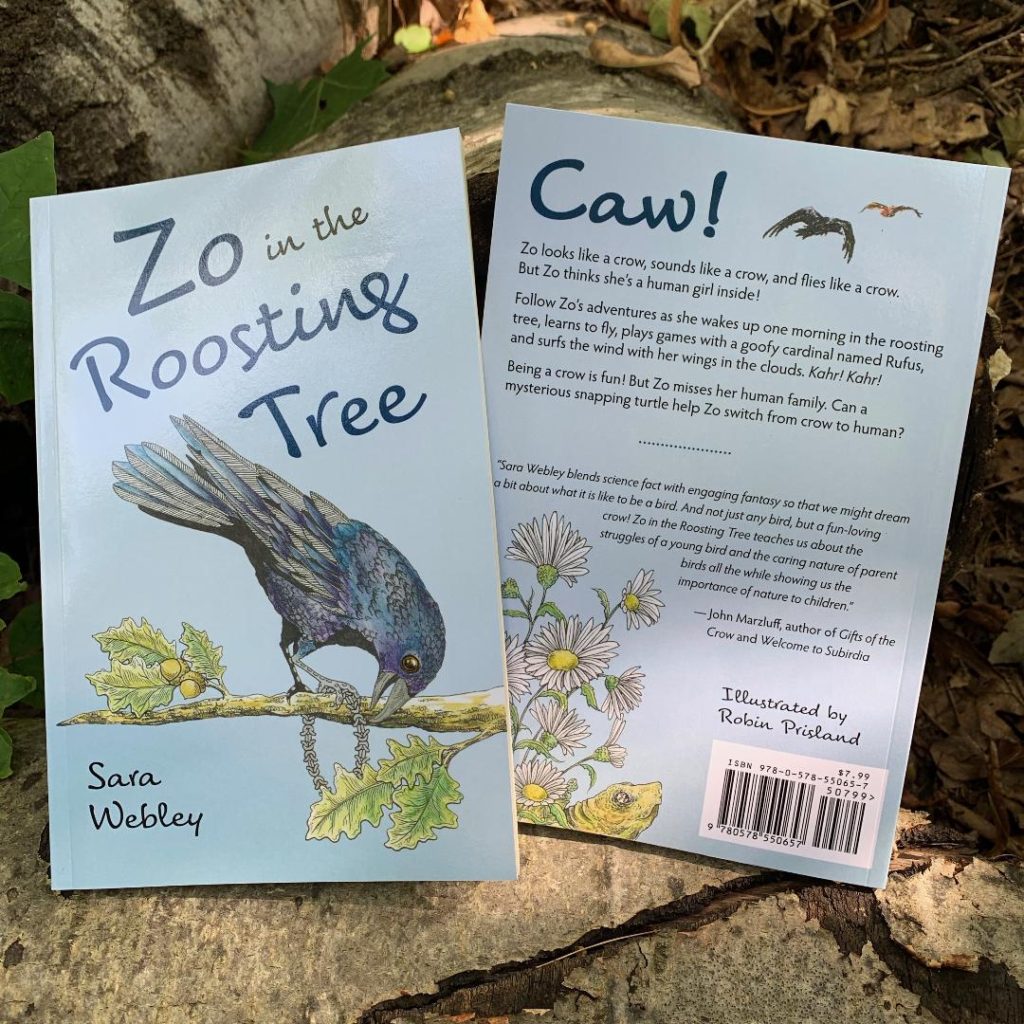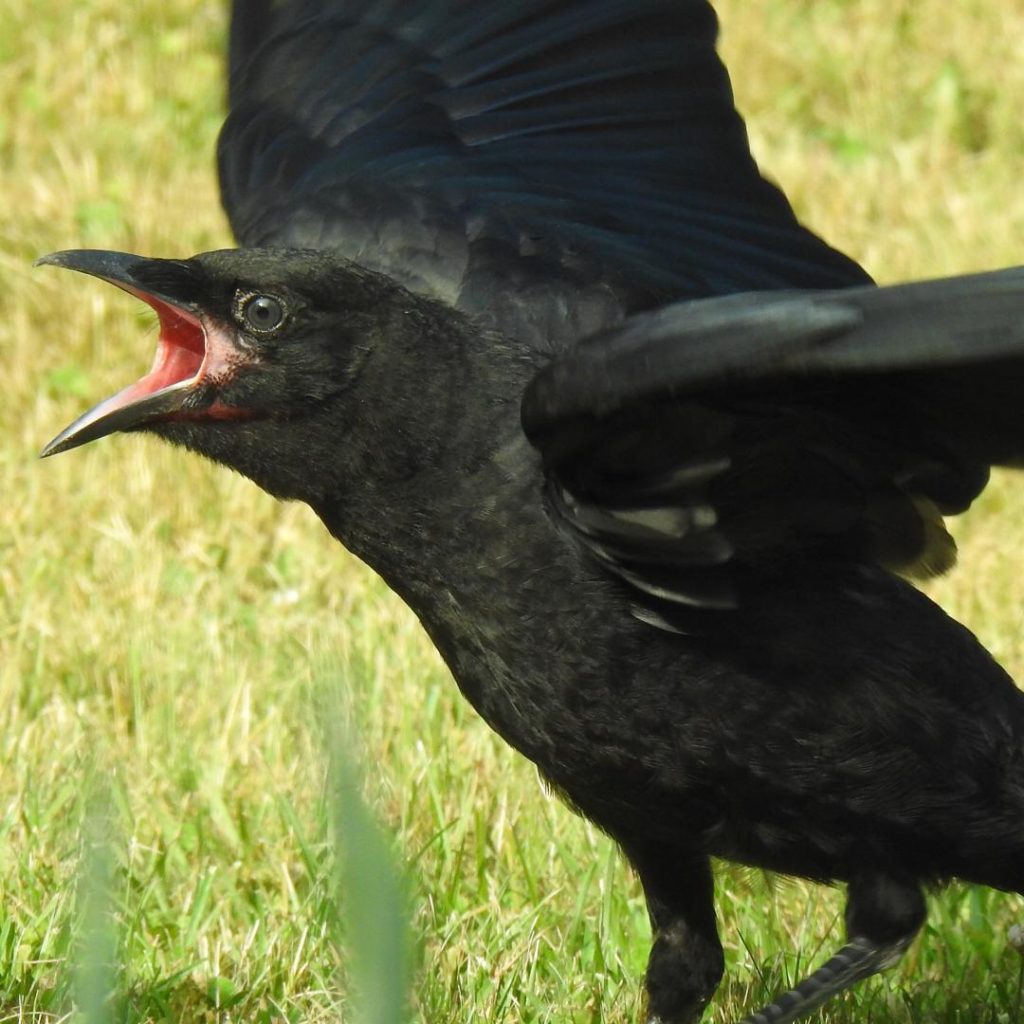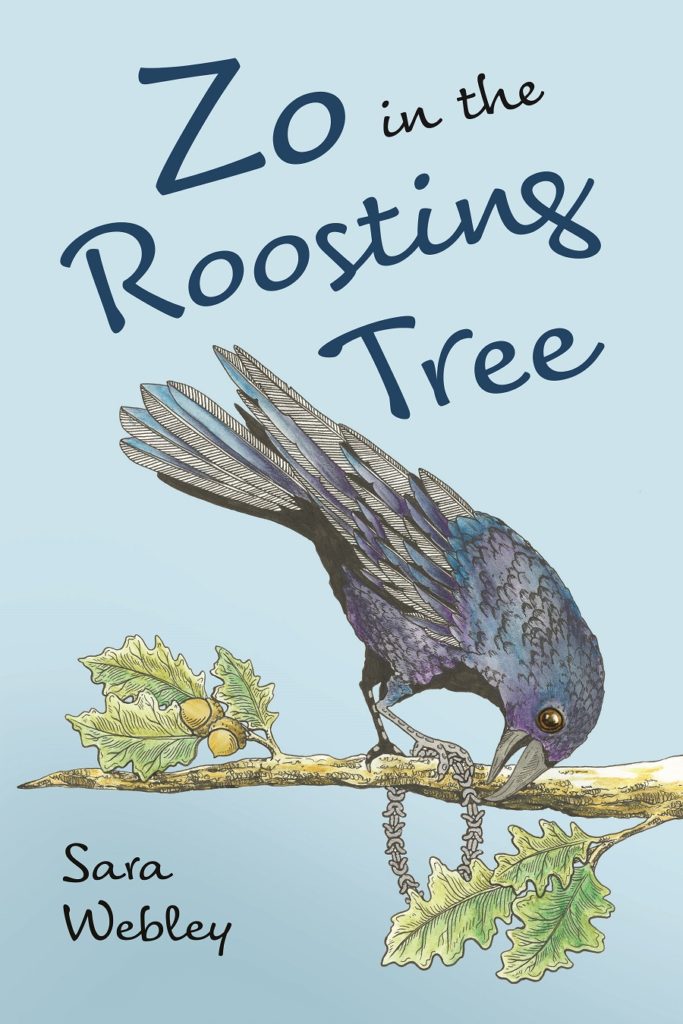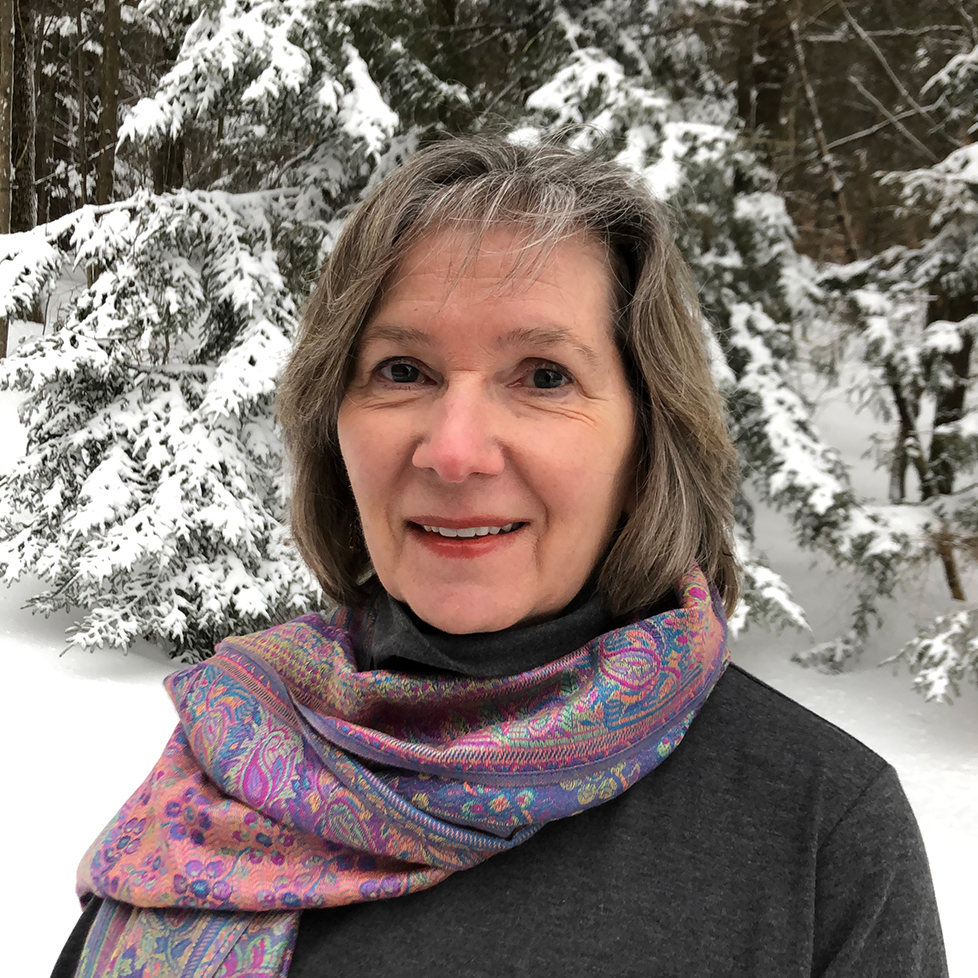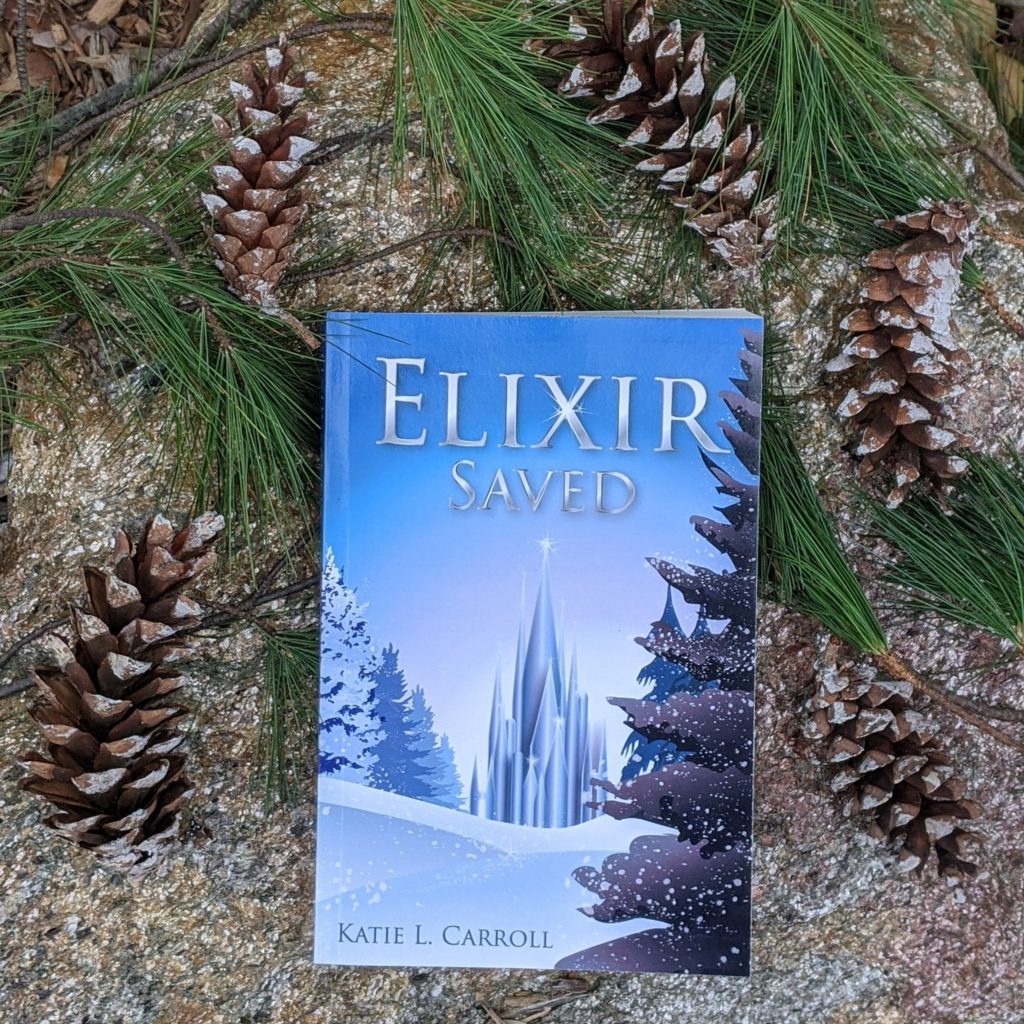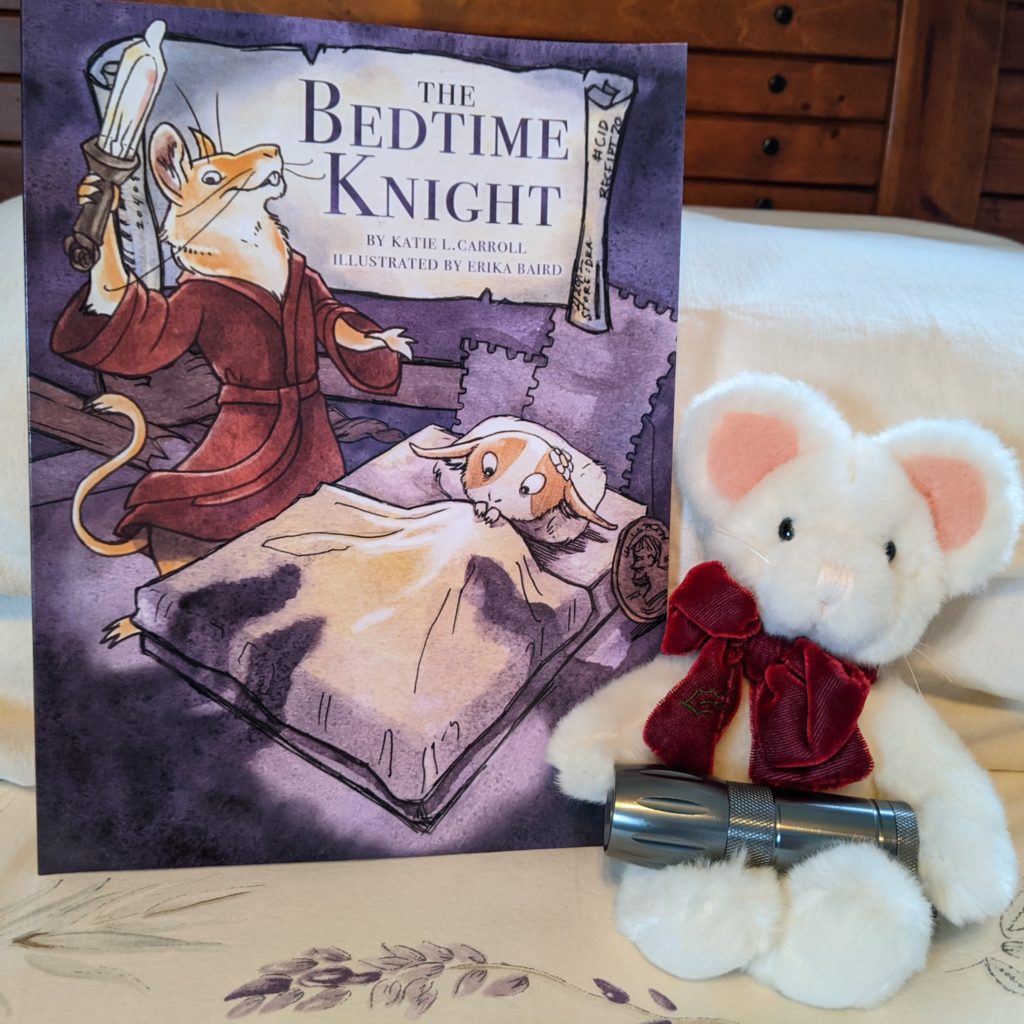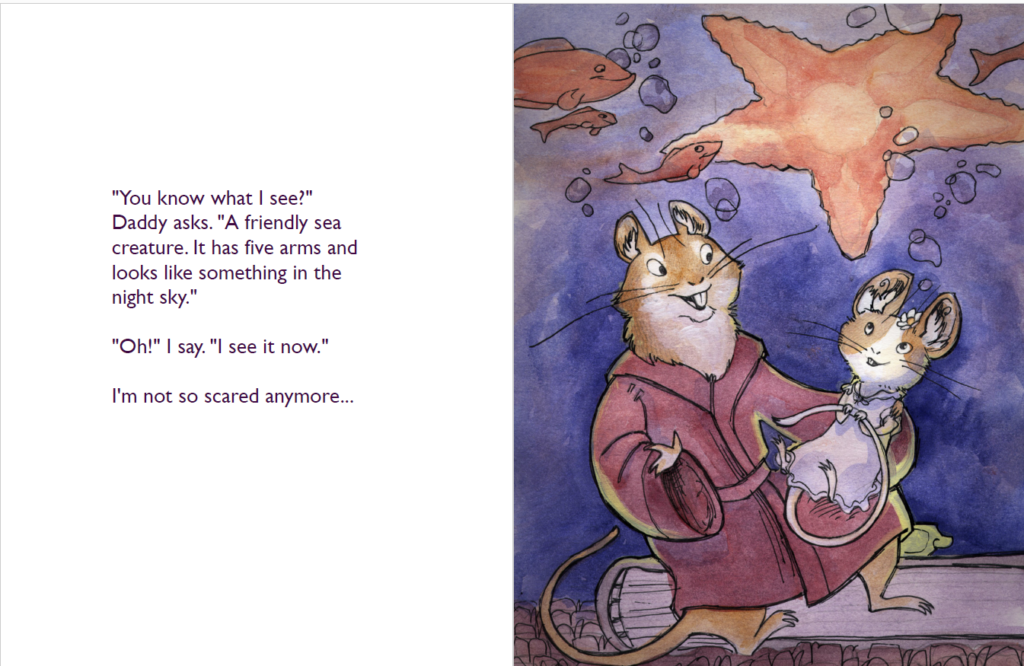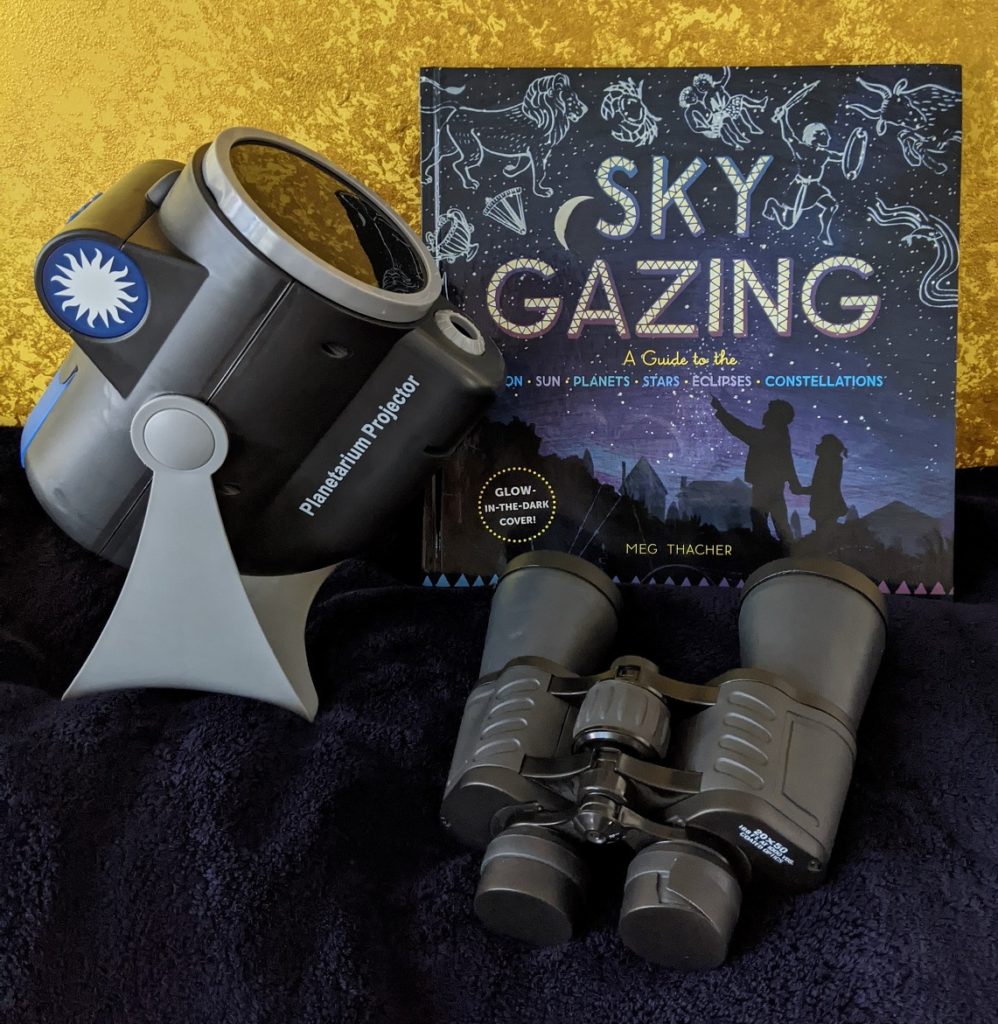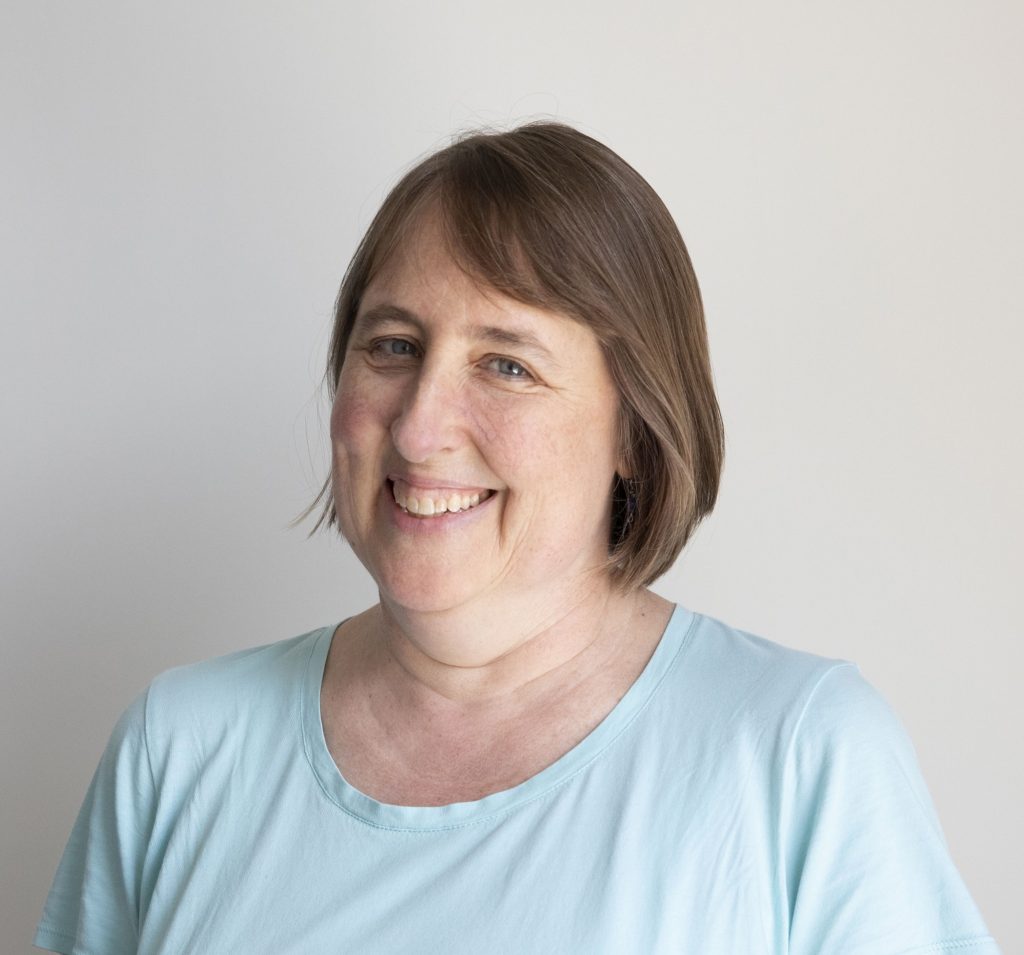Crows are an important part of my witchy middle grade book, so it felt very serendipitous when I connected with Sara Webley, author of ZO IN THE ROOSTING TREE. Let’s give a big welcome to Sara and and her clever crow character Zo!
Besides writing books for young readers, I’m an editor of texts ranging from academic writing to consumer health to kids’ books. I’ve also worked in the zoo and aquarium field as an animal technician and zookeeper. I love fiction and nonfiction about animals and nature. So when I decided to write a fantasy about a young girl who switches places with an American Crow, I wanted to combine the real with the magical—nature with fantasy. Write what you know, but…twist it! I wanted my readers to view nature from the perspective of the animal.
So I had to decide: How to construct Zo in the Roosting Tree? How to bridge reality and fantasy?
I began by researching crow behavior, crow myths, crow intelligence. Write what you know—and anything you don’t know, educate yourself about it! So I was continually checking: How would a real crow act in the scene I’m writing? What cool example of crow behavior can I include? This research gave me a framework for creating my plot and characters. What I aimed for was a fantasy close enough to reality that it would pull my readers in and make them wonder…Could that really happen? Would the crow I see outside my window every day be able to do that? And…Is that crow watching me?
The crow and human needed to switch places, so they could each learn about the other’s world. Because of my own bond with nature, I created a human character who loves birds: a young girl named Jae, who would live inside Zo the crow’s body. And the crow would live inside Jae’s human body. That’s the magical “Switch”—girl and crow, crow and girl. I hoped to excite young readers about a bird they probably see every day and don’t think much about. I wanted them to care about animals by being one for a while.
I made choices about plot, scenes, conflicts, and fun based on what I know about real crows. Planning my storyline, I wanted the magical crow Zo to behave in ways that reflect reality. Crows are smart, social, playful, adaptable birds. So I made Zo clever, fun-loving, family-oriented. Crows recognize human faces—people they like, and people they don’t. Crows are also problem-solvers, comparable in intelligence to monkeys and dolphins. They can use tools to find hidden food, slide down a snowy windshield just for fun, or surf the clouds by gripping a big piece of bark with their toes. So I set some problems in front of Zo to see how she might solve them—like being hunted by a scary owl at dawn. Zo may live in a fantasy world, but her behavior reflects the skills of a real crow.
But what’s fun about writing nature fantasy is not having to be totally accurate! After editing academic writing for years, I needed a 180-degree turn. So I took liberties: A real crow would not be friends with a young cardinal. A real crow would not ride on a snapping turtle’s back. I enjoyed starting with what I knew about the true nature of crows, and then twisting that into fantasy.
My goal was also to get readers interested in the much-maligned crow (think: Hitchcock’s The Birds) by presenting a sympathetic crow who teaches us something about natural behavior. This winter, a friend told me that she’d seen a huge group of crows gathering in a parking lot before they flew off to roost for the night. She said it made her think of “the apocalypse.” That’s what I wanted to counter with Zo’s character, by showing readers how crows communicate, play, and care for each other. In that parking lot, those crows were probably discussing where to find food the next day, not planning the apocalypse!
Nicer beliefs exist about crows, too: they’re famous for leaving “gifts” for humans. There’s some disagreement about that among bird scientists, but I wanted to use a shiny gift in the plot. I make silver chain maille bracelets, so I decided that Jae would have one. The real bracelet jump-starts the magical crow-and-girl Switch. Nature and reality…with a fantasy twist.
ZO IN THE ROOSTING TREE blurb:
Caw! Zo looks like a crow, sounds like a crow, and flies like a crow. But Zo thinks she’s a human girl inside!
Zo in the Roosting Tree tells the story of a clever crow, through the eyes of a human girl. A girl who loves being a crow, but who must find the secret to being human. Follow Zo’s adventures as she wakes up one morning in the roosting tree, learns to fly, plays games with a goofy cardinal named Rufus, and surfs the wind with her wings in the clouds. Kahr! Kahr!
Being Zo the crow is fun. And Rufus has become her best birdy friend. But when Zo discovers the dangers of her new life—owls and bobcats and cars—she misses her human family. Time is running out. Can a mysterious snapping turtle help Zo find the magic she needs to go home again?
Learn more about the book at zointheroostingtree.com or purchase it at Amazon, Vermont Institute of Natural Science, IndieBound, or Norwich Bookstore.
About the Author:
When Sara Webley was ten years old, her grandmother’s monthly magazine published Sara’s poem about a lobster…minus the final stanza. Not too happy with Grandma’s editing, Sara became an editor and writer herself. She has helped others do their best work through her editorial company, JAS Group Writing & Editing. Sara’s poetry has appeared in Flyway, Cold Mountain Review, and Appalachia.
Also trained as a veterinary health technician, Sara worked at Boston’s Franklin Park Zoo and New England Aquarium caring for seals, otters, porcupines, coyotes, snakes, monkeys, turtles, and other animals. Currently, she volunteers handling hawks and owls at a nature center, where she met one very special American Crow. As an author, Sara combines her love of animals with her love of books for young readers. She enjoys watching the crows gather at dusk in their roosting tree near her home. Follow Sara and Zo on Instagram @sara_webley_author and @zo_crow at facebook.com/zointheroostingtree.
